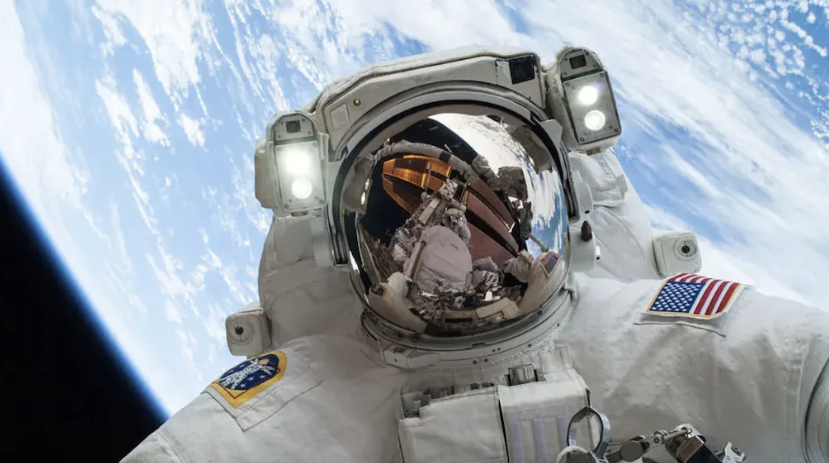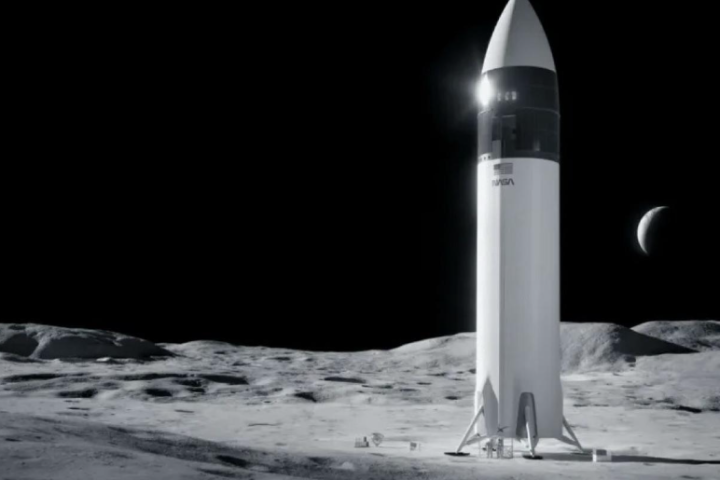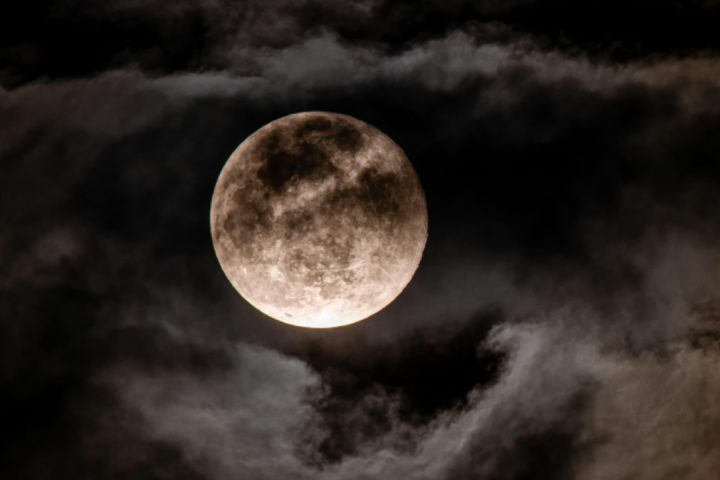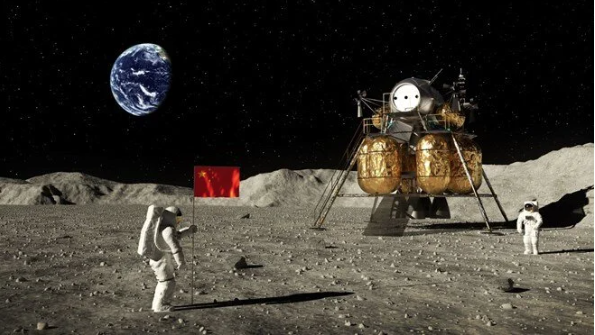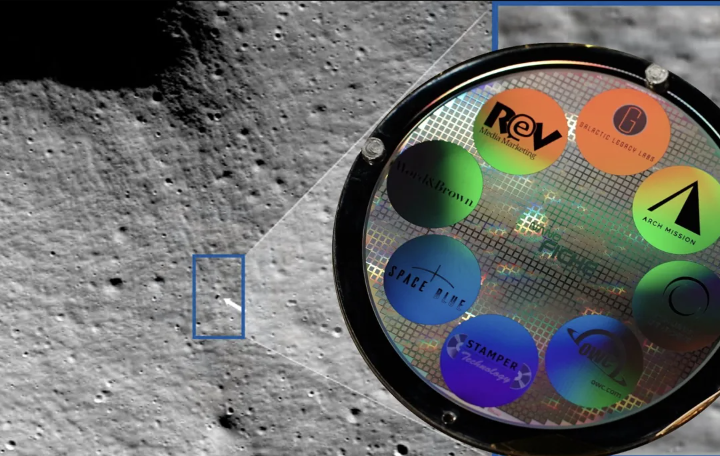Terry Virts looked down from the International Space Station in March 2015. The NASA astronaut saw a huge, unusual shadow falling over the Earth. “It was a big, dark thing that was unnatural,” Virts, a retired astronaut and former commander of the International Space Station, told Mashable.
He watched the shadow cast by this cosmic dance of the Moon, the Earth and the Sun, especially the Moon traveling between our planet and the Sun. It was a total solar eclipse, technically a perfectly natural event, but it’s such a rare and eerie sight that it feels “perfectly natural” neither on Earth nor in outer space.
Looking out the windows of the space station, Virts, along with another astronaut, saw the huge shadow. The shadow crossed the North Atlantic Ocean. Fortunately, astronomers can predict eclipses hundreds of years in the future based on the mechanics and gravity of the Sun, Moon and Earth, so these events are not a surprise. If they were, this could lead to some very disturbing observations.
“You would think, ‘What in the world is going on?
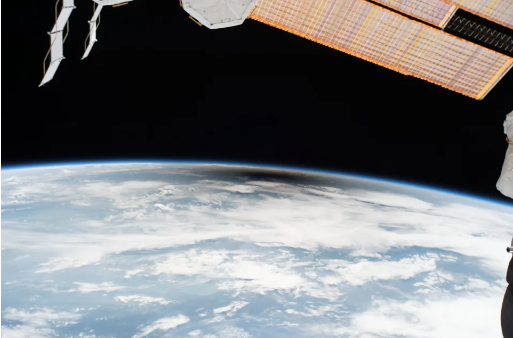
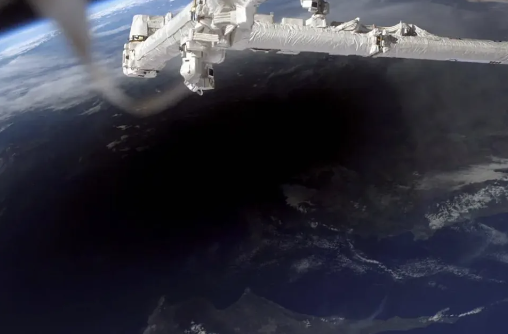
So what does the eclipse shadow look like from the ISS? It’s a rare sight for a small group of people: there are about seven astronauts and cosmonauts in the orbiting habitat at the same time.
‘We can’t exaggerate enough!’
For the Earthlings at the center of this shadow, the event is remarkable. Richard Fienberg, an astronomer and senior advisor to the American Astronomical Society, told Mashable earlier this year, “Speaking from experience, we can’t overstate the picture enough.”
The Moon temporarily blocks the blinding surface of the Sun for about 3-4 minutes depending on your location, revealing the ghostly atmosphere of our light source, or the solar corona. In the Moon’s shadow, the temperature drops and the light fades into dark twilight. Some animals even start to behave strangely.
The eclipse on April 8, 2024 is about 300 kilometers in diameter. To experience the total solar eclipse, you will need to be within this area. Those outside this area will witness a partial eclipse. A partial eclipse is interesting, but pales in comparison to a total eclipse. Virts, who experienced his first total eclipse on Earth in 2017, says: “On a scale of 1 to 10, a partial eclipse is 7 out of 10, while a total eclipse is 1 million out of 10!”
After his days as commander of the space station, Virts continues his passion for space as an aerospace consultant, author, podcast host and more. To track the upcoming total solar eclipse, the former astronaut has partnered with Sonic Drive-In (yes, a chain hamburger joint), which he says has nearly 400 locations across the eclipse. (The eclipse also passes over some major metropolitan areas in the US, including Indianapolis, Dayton, Dallas and Cleveland.)
“If you can, make the effort and go and watch this event,” says the former astronaut. After all, the US will not see another total solar eclipse until 2044. During the eclipse, however, those who want to will be able to look at the Sun for a few minutes without the need for proper glasses.
Virts says that even some bright planets can be seen during the total solar eclipse experience.

